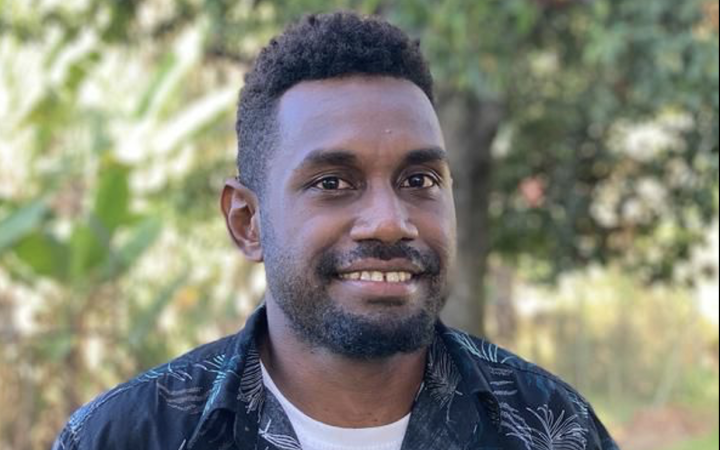Branson Pitakia, Information Technology Officer at the Solomon Islands National Disaster Management Office, illustrates the potential of knowledge and innovation in disaster management. His story shows how geospatial technology can help in disaster preparedness and response, and ultimately protect communities.
Branson Pitakia's quest for knowledge led him to enrol in UNOSAT's Geographic Information Systems (GIS) training courses, which are part of the project "Strengthening Capacities in the Use of Geospatial Information for Improved Resilience in Asia-Pacific and Africa (2021-2024)". Despite his primary role in information technology, Branson recognised the potential of GIS to improve disaster risk management. Motivated by a desire to enhance his expertise in GIT and to contribute to the organization's resilience, he enthusiastically enrolled in the UNOSAT courses, seizing the opportunity to broaden his skill set.
Branson Pitakia was set on integrating GIS technology into the methodologies of the National Disaster Management Office which they use to predict and respond to national hazards. He has used tools such as QGIS and open drone mapping to develop geospatial products that are essential for disaster preparedness. From mapping evacuation routes to post-disaster assessments, Branson's initiatives have helped to strengthen the office's capabilities.
Moreover, Branson Pitakia's commitment has extended beyond his progression. His professional role has been further enhanced by his involvement in the Training of Trainers programme, which has given him the confidence and skills to share his GIT knowledge with other colleagues. As a result, he has actively shared his expertise at training sessions and briefings, enabling his colleagues to make effective use of the geospatial tools developed by himself and the UNOSAT technical team.
The Training of Trainers programme enabled me to organize courses for my colleagues, particularly those who wanted help in using Data Collection tools and applications such as Kobo Toolbox and UAV survey. It also enabled me to improve my public speaking skills, says Branson, highlighting the programme's impact on his confidence and communication skills.
The impact of Branson Pitakia's team peaked during the Pacific Games, a monumental event that took place in November and December 2023 and required meticulous disaster preparedness planning. As the person responsible for the delivery of geospatial products, Branson used drone flights to gather vital data on venues and accommodation. Despite challenges such as adverse weather conditions, his team's efforts resulted in comprehensive disaster response plans based on geospatial information.
We had to fly over various areas, capturing crucial data for disaster response plans, recalls Branson, reflecting on the challenges and triumphs of the initiative.
The maps developed from this data could give more accurate evacuation plans compared to the plans they would have made without the GIT technology.
Branson Pitakia's story highlights the crucial role of geospatial information technology in disaster management. Through his proactive approach and application of GIT tools, he has significantly improved his organization's preparedness and response capabilities. Branson's dedication is a testament to the importance of innovation in building community resilience.







